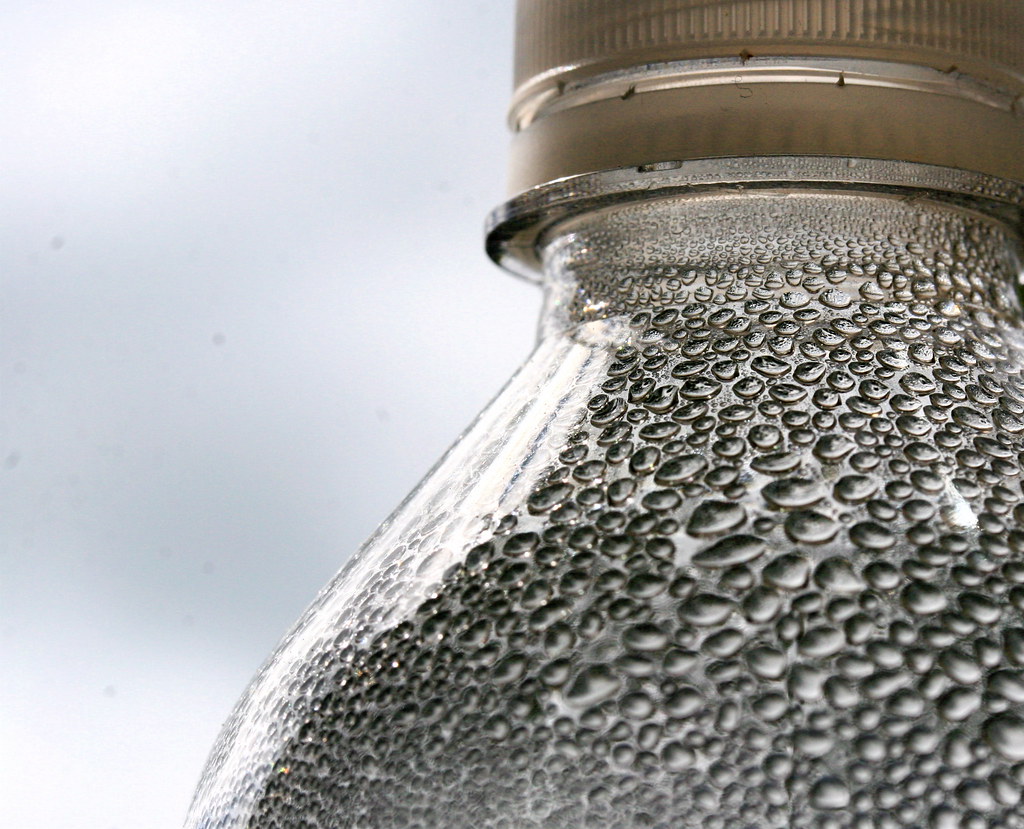Many of us now carry water bottles with us everywhere we go, including on hikes, exercises, and our daily activities. These reliable containers keep us hydrated all day long, but have you ever pondered how much water your bottle holds?
The capacity of a water bottle can vary significantly based on the bottle’s size, shape, and design. A water bottle’s volume often relates to how much liquid it can store. The typical size of a water bottle is between 8 ounces (237 ml) to 32 ounces (946 ml). Some bottles, with capacities ranging from 0.5 litres to 1 litre or more, may also list measures in litres.
It’s vital to remember that a water bottle’s volume is also influenced by its shape in addition to its physical measurements. The amount of liquid that a bottle can hold depends on its shape. Bottles might be square, cylindrical, or even collapsible.

How do I measure the volume of my water bottle if it doesn’t have any markings?
There are a few ways to determine your water bottle’s volume if it doesn’t have any marks that indicate it:
- Measuring Cup with Gradations: Make sure a graduated measuring cup has enough water in it to hold the entirety of your water bottle’s contents. Fill your bottle to the top without overflowing with water that you measured out in a measuring cup. Note the volume that is indicated on the measuring cup. You may estimate the volume of your water bottle with this.
- Utilise a Container with a Known Volume: You can use a measuring jug or another water bottle with indicated measurements if you have a container with a known volume to calculate the volume of your water bottle. When your empty water bottle is entirely filled, carefully pour the water from the known volume container into it. Keep track of how much water is still in the container with a specified volume, which corresponds to the size of your water bottle.
- Use a kitchen scale: For this technique, you must determine the weight of your water bottle both empty and full. Utilising a kitchen scale, start by weighing your empty water bottle. Then, add water until your water bottle is completely full. Regain control of the water bottle’s weight. If you take into account that 1 millilitre of water is roughly equivalent to 1 gramme, the weight difference between the two readings will give you an approximation of the volume.
Keep in mind that these methods only provide you estimations and may not accurately reflect the contents of your water bottle. If you need precise measurements, you can think about getting in touch with the manufacturer or consulting any published product specifications.

What factors should I consider when choosing a water bottle size?
Several considerations should be taken into account while selecting a water bottle size, including:
- Take into account your daily water intake objectives. The amount of water that is suggested for consumption each day varies depending on age, sex, level of exercise, and climate. If you want to drink a certain amount of water every day, pick a water bottle size that makes it easy for you to reach your hydration goals.
- Portability: Consider the location and intended use of the water bottle. A smaller and more portable size can be ideal if you require a bottle for on-the-go activities like hiking, commuting, or exercising because it will be easier to carry. Longer journeys or circumstances where access to replenishing may be restricted call for larger bottles.
- Lifestyle and Usage: Take into account your way of life and the water bottle’s intended purpose. A larger bottle might be more practical if you spend a lot of time outside or indulge in physical activity so that you always have enough water on hand. A smaller size can be more practical if you like to carry your bottle in a bag or handbag.
- Personal Preference: While some people prefer smaller bottles for ease of holding and to promote frequent water drinking, others prefer larger bottles to reduce the need for refilling. When deciding on the size that best suits your tastes, take your habits and personal preferences into account.
- Environmental Impact: You can choose a reusable water bottle with a higher capacity if you’re concerned about minimising waste and cutting back on your use of plastic. This encourages sustainability by allowing you to reuse and refill the bottle rather than relying on single-use plastic bottles.
- Temperature Control: Take into account the bottle’s insulation properties if you want your water to stay hot or cold for an extended period of time. Choose a size that strikes a compromise between your needs for temperature retention and transportation because insulated bottles may be larger due to the additional insulation layer.
Always keep in mind that there is no one size fits all solution when selecting a water bottle size. Determine your unique requirements, preferences, and daily routines to find the ideal combination of capacity, practicality, and portability for your hydration demands.
Relevant Articles
How Long To Freeze A Water Bottle?
Does Water Evaporate Faster With The Lid On Or Off?

Comments are closed